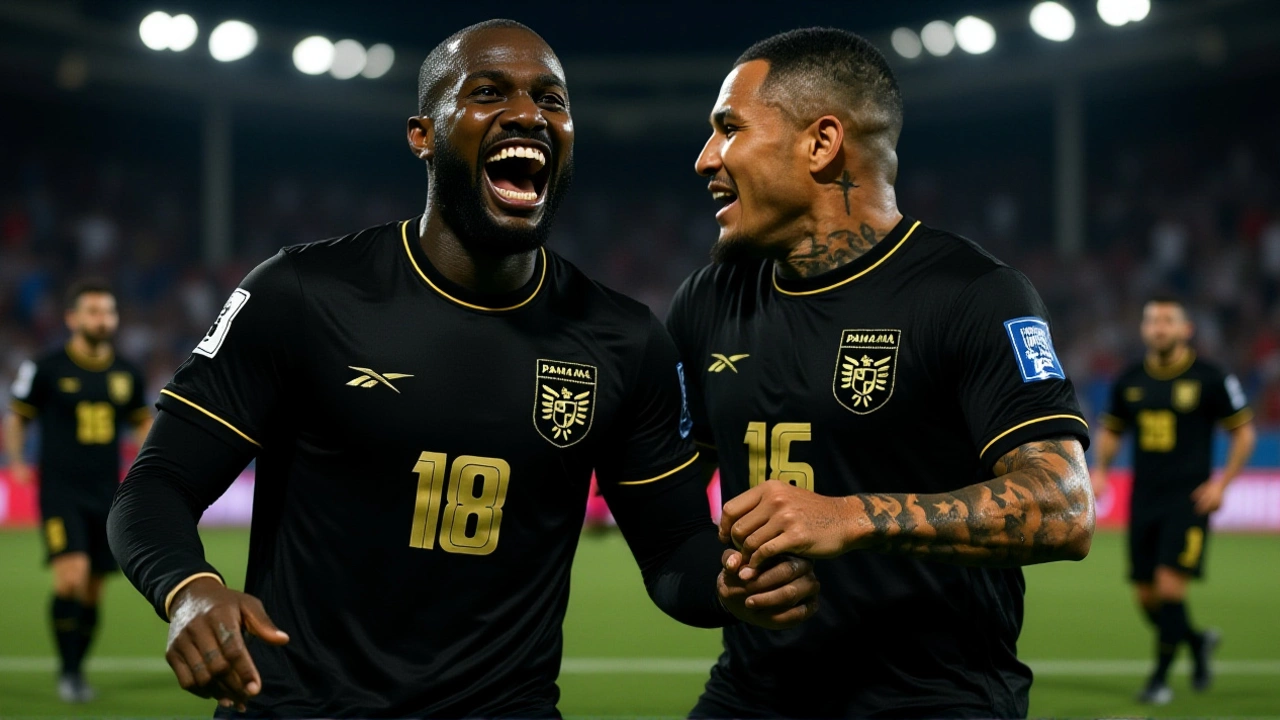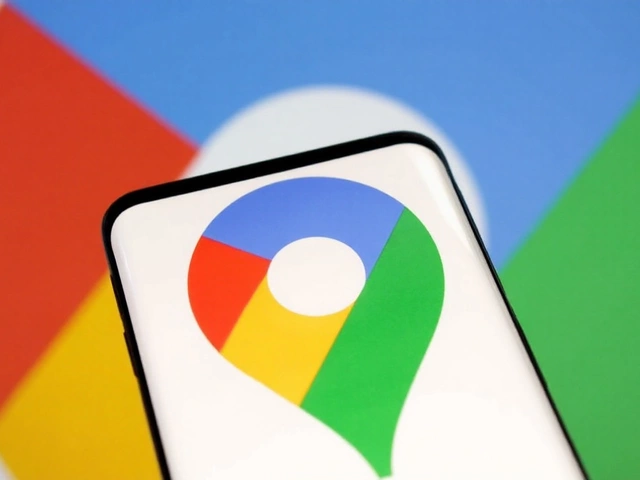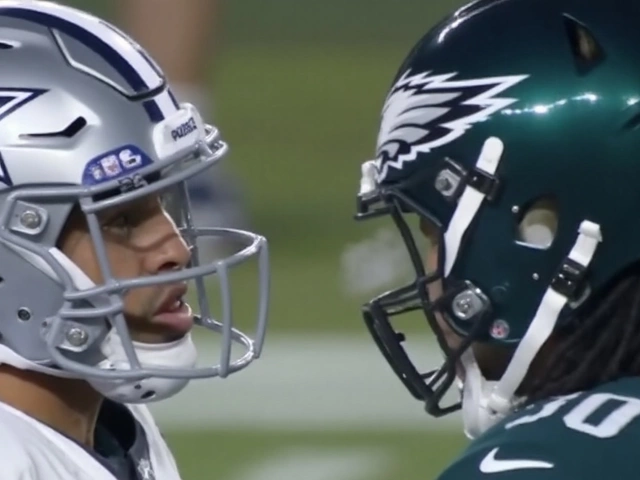When José Luis Rodríguez came off the bench in the 75th minute, few expected him to be the man who would send Panama to the 2026 FIFA World Cup. But with a calm finish in the 89th minute, the substitute sealed a 3-0 victory over El Salvador at Estadio Rommel Fernández in Panama City — and with it, Panama’s second-ever World Cup qualification. The final whistle blew at 8:47 p.m. ET on November 18, 2025, and the stadium erupted. Fans wept. Players collapsed to their knees. For a nation of just 4.5 million people, this wasn’t just a win — it was history.
What Was at Stake?
Head coach Erdan Gomez made four changes from Panama’s previous 4-0 loss to Suriname. Ismael Díaz replaced Christian Martínez in attack. The midfield trio of Adalberto Carrasquilla, Aníbal Godoy, and Cecilio Waterman was the engine — steady, relentless, and experienced. And when César Blackman fired home in the 17th minute, the crowd felt it: this was their night.
The Match That Changed Everything
The first half was tense, but not chaotic. Panama controlled possession, but El Salvador’s defense held firm — until the 45+4’ minute. A handball in the box by El Salvador’s defender gave Panama a penalty. Éric Davis, the team’s captain, stepped up. He buried it. 2-0. The stadium shook. The goal difference was now +4. One more goal would do it.
Then, in the 75th minute, Jorge Gutiérrez replaced Davis. The substitution was tactical — fresh legs to close the game. But the real magic came 14 minutes later.
Midfielder Carrasquilla played a short pass to Waterman, who held off a defender and slipped it to Rodríguez, sprinting into the box. One touch. One shot. Goal. The ball nestled into the top corner. The broadcast commentary from CBS Sports Golazo said it best: “As José Luis Rodríguez, the substitute, has booked Panama’s spot at the 2026 World Cup.”
Final score: Panama 3, El Salvador 0. The goal difference flipped: Panama finished at +5, Suriname at +5. But Panama had scored more goals (8 to Suriname’s 7). Tiebreaker rules gave Panama the second automatic spot. Suriname, despite their perfect record (2W-3D), missed out on heartbreak.

Why This Matters Beyond the Pitch
Panama’s only previous World Cup appearance was in 2018 — a run that thrilled a nation and put Central American football on the map. Now, they’re back. And this time, they’re going to a tournament with 48 teams — the first expanded World Cup in history. The U.S., Canada, and Mexico, as hosts, took three automatic spots, opening the door for nations like Panama and Suriname to fight for the remaining two.
But here’s the twist: Panama didn’t win the group. They didn’t even have the best record. They won because they scored more goals. That’s the beauty — and cruelty — of football. One goal. One moment. One substitute.
For José Luis Rodríguez, a 24-year-old forward who had only played 12 minutes in qualifying before this match, it was a fairytale. He didn’t start a single game this cycle. Yet he became the man who made history.
What Happened Next?
After the final whistle, Panama’s players ran straight to the corner flag where their coaching staff stood. Gomez, arms raised, mouth open in disbelief, was carried off the field by his players. Fans lit flares. Horns blared across the city. Social media exploded. #PanamaALaCopa trended globally for hours.
El Salvador, meanwhile, finished with three points — their worst qualifying campaign in a decade. Their lone win came against Guatemala in September. They were outclassed, outplayed, and out of luck.
The match was broadcast exclusively in the U.S. on Paramount+ and streamed via CBS Sports Golazo. The 11-minute highlight reel on YouTube has already been viewed over 2 million times.

What’s Next for Panama?
Panama will now prepare for the 2026 World Cup draw in December. They’ll be placed in a group likely featuring European or South American powerhouses. But don’t count them out. They’ve already proven they can punch above their weight. With a core of veterans like Godoy and Waterman, and emerging talents like Rodríguez, they’re no longer just a team that showed up — they’re a team that belongs.
And for a country where football is more than a sport — it’s identity — this moment will echo for decades.
Frequently Asked Questions
How did Panama qualify over Suriname despite having the same points?
Panama and Suriname both finished with nine points, but Panama advanced because they scored more goals (8 to Suriname’s 7), which was the first tiebreaker after goal difference. Both teams had a +5 goal difference, so goals scored became the decider. Panama’s 3-0 win over El Salvador gave them the edge they needed — and it was the only match in the group where a team scored three goals.
Who scored Panama’s goals in the match?
César Blackman opened the scoring in the 17th minute, Éric Davis converted a penalty in stoppage time of the first half, and substitute José Luis Rodríguez sealed the win with a goal in the 89th minute. Rodríguez had only played 12 total minutes in qualifying before this match — making his winner one of the most unexpected and emotional goals in CONCACAF history.
Why was this match broadcast only on Paramount+ in the U.S.?
Paramount+ holds exclusive U.S. media rights to CONCACAF World Cup qualifying matches through 2026, as part of a multi-year deal with CBS Sports. While traditional TV networks like Fox or ESPN cover high-profile matches, lower-stakes qualifiers — especially those not involving the U.S. or Mexico — are streamed exclusively on Paramount+ and CBS Sports Golazo, which limits accessibility for some fans.
How many World Cups has Panama played in before 2026?
Panama has qualified for just one previous World Cup — the 2018 tournament in Russia. They were eliminated in the group stage after losses to Belgium, England, and Tunisia. Their 2026 appearance will be their second in history, making them one of only three Central American nations (alongside Costa Rica and Honduras) to reach the World Cup more than once.
What role did the expanded 48-team format play in Panama’s qualification?
The 2026 World Cup’s expansion to 48 teams gave CONCACAF six automatic spots instead of three. The U.S., Canada, and Mexico took three as hosts, leaving three spots open for competition. Panama finished second in Group A, securing one of those three spots. Without the expansion, only the group winner would have qualified — and Panama would have missed out despite their strong finish.
Who was the referee, and were there any controversial moments?
The match was officiated by Mexican referee Héctor Martínez, who was praised for consistent decision-making. The only controversy came when El Salvador protested the penalty call in stoppage time, arguing the handball was accidental. VAR confirmed it was a clear handball in the box. No red cards were issued, and the result stood without dispute.





